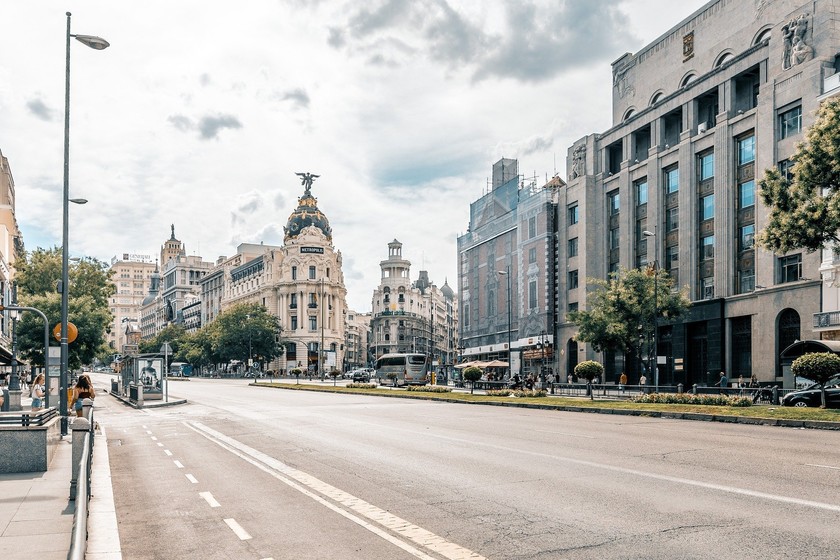



Google released this Friday a report in which it analyses the effects that confinement has resulted in the mobility of the countries. The goal, explained in the announcement, is to help the health authorities to take measures with which to continue fighting the pandemic of coronavirus.
Each one of these report of disabled community, as called by the american multinational, is broken down by location and shows the change in visits to places such as grocery stores and parks. An information-based on the same data used by services such as Google Maps and providing valuable data. More if it is to be in a situation like the current one.
In Spain, for example, a country that exceeds the two weeks of confinement required with rare exceptions, the report yields data such as the lowering of the 94 % on the trips to restaurants or the decrease in the use of public transport by 88 %. But, how do you get these data by Google? Are we talking of the same information that will be used by the mobility study that prepares the Government? Are you going to geolocalizarnos based on now? We respond.
The creation of this type of report would not be possible if millions of people around the world do not share their movements. In particular, in the case of the analysis of Google, via Google Maps and location historyan option that records our movement through the cell.
Each one of the movements that we make, the visits of a particular type of establishment, tours by private vehicle or public transportation, the time spent at home… everything is registered thanks to that optionin the case that we have selected.
The union of our data with the rest form the “set of data aggregated and anonymous,” with which Google creates these reports and feed certain features of their services. So find out what are the most popular places, how busy is a certain site, what areas of a city tend to be more overcrowded usually, or what is the traffic of a road.
“Any personally identifiable information, such as location, contacts or movements of an individual, will be available in no time”, say from Google, although their practices and other initiatives that are jumping to the present, these days, as the mobility study that intends to carry out the Government of Spain during the health crisis, have reopened once more the debate around privacy. Even though you are not giving anything new.
The study announced by the Spanish authorities, for example, aimed to analyze the mobility of citizens during the state of alarm, it is similar to that a few months ago caused controversy. The goal is to use the data of the antennas of mobile telephony, anonymous and aggregatedto know how to move the population usually or in an extraordinary situation like the current one.
The fundamental difference between the two initiatives, beyond the source of the data, it is the way to avoid being part of the analysis. In the case of Google, just turn off the location history if they had turned on and delete all the information that could have been collected. In the case of studies of the INE, would have to be in contact with our telephone operatoralthough not all have established a specific mechanism to be able to request the exclusion of this type of analysis.
–
The news
Google does an x-ray of our mobility during confinement: how do they get all that information?
it was originally published in
Engadget
by
Toni Castillo
.
Exploring the Top 5 Voice AI Alternatives: What Sets Them Apart?
How iGaming Platforms Ensure Seamless Integration of Casino Games and Sports Betting?
The Rise of Spatial Computing: Evolution of Human-Computer Interaction
Data Loss on Windows? Here's How Windows Recovery Software Can Help
Integrating Widgets Seamlessly: Tips for Smooth Implementation and Functionality